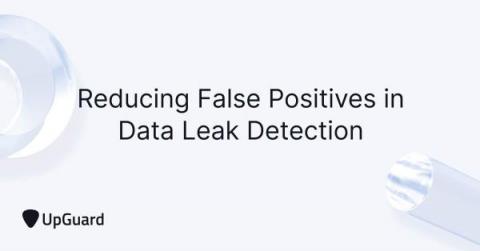What is Attack Surface Management Software?
Attack surface management (ASM) software is a set of automated tools that monitor and manage external digital assets that contain, transmit, or process sensitive data. ASM software identifies misconfigurations and vulnerabilities that cybercriminals could exploit for malicious purposes that result in data breaches or other serious security incidents.














